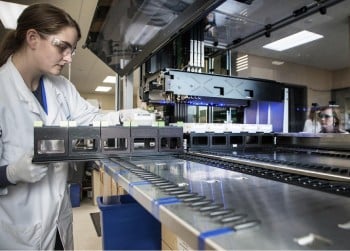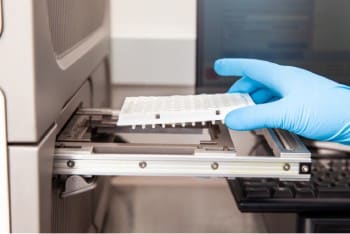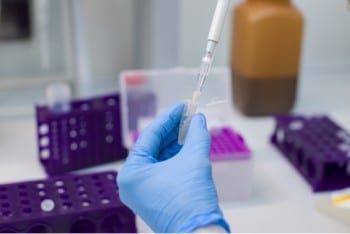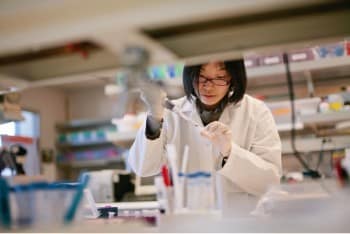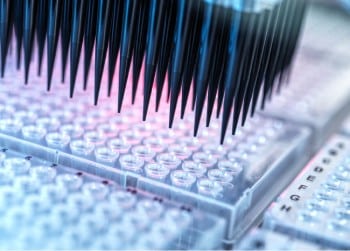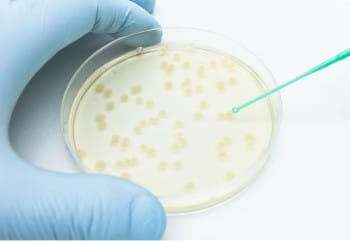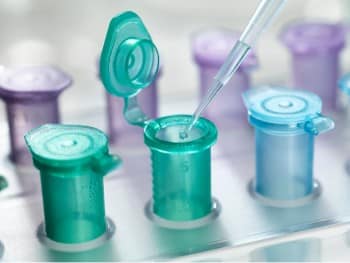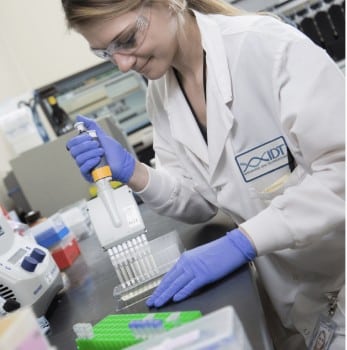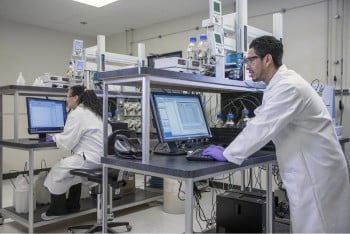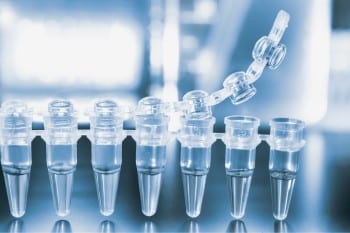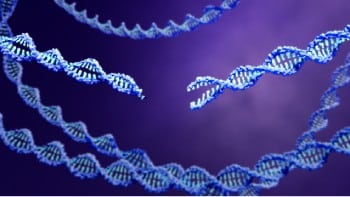Quick tips when starting a CRISPR experiment

Takeaway: CRISPR genome editing allows researchers to simply and efficiently edit genomes, cutting down on the time required to modify target genes. Curious about how to get started and looking for some CRISPR tips? Read on to learn more.
CRISPR is a powerful tool for editing genomes, and its use allows scientists to easily edit DNA sequences and modify the function of genes. Applications range from improving crop resilience to treating and preventing the spread of disease.
Barely a decade old, CRISPR technology is revolutionizing research and scientific advancements. It is being used to help add Vitamin D to tomatoes, stop the transmission of Japanese encephalitis, develop a cure for ALS, combat world hunger, and even study social behavior with gene-edited hamsters.
Are you planning to begin work with CRISPR technology or refine your skills and searching for some tips from experts in the field? Read on for five pro tips you can use to start your CRISPR experiments:
1. When beginning a CRISPR experiment, test two or three guide RNAs to determine which is the most efficient.
Keep in mind that different guides can have different effectiveness and repair profiles. Although bioinformatics-based CRISPR guide RNA design tools are quite helpful when selecting which guide(s) will best suit your needs, there is no replacement for hands-on testing of guide activity. Ideally, this will take place in the intended end-use experimental system, as guides can perform differently in vitro vs. cellular contexts, and across distinct cell lines and organisms. Genome editing efficiency can be assessed by performing a pilot CRISPR experiment, extracting DNA, then amplifying and sequencing (Sanger or NGS) the region containing the target sequence. Enzymatic mismatch cleavage assays which use the T7 endonuclease I (T7EI) followed by gel analysis, are a convenient method for estimating genome efficiency but do not reveal the resulting sequence composition. If it is not feasible to test guides in the intended end-use system, in vitro guide testing can be performed by incubating all components (DNA template containing target sequence, Cas nuclease of choice, and guide) for 1-2 hours at 37°C, then checking the number of bands via gel electrophoresis.
2. The best CRISPR system for you depends on your experimental needs.
The Cas9 endonuclease is a good choice for general genome editing applications, particularly in species with GC-rich genomes (e.g., mammals). However, in species with AT-rich genomes, or when targeting regions with limited design space, Cas12a may be better suited for your needs. Explore the differences between CRISPR systems, such as PAM sequence, nuclease size, and cleavage activity, which are summarized in the product details section of our CRISPR nucleases page.
3. The first step in CRISPR troubleshooting is often verifying the concentration of your guide RNAs and making sure you're delivering an appropriate dose in your experiments.
Guide RNA concentration is an important variable in any CRISPR application. Knowing your guide concentration allows you to control the ratio of guide:nuclease with the goal of maximizing editing efficiency while minimizing cellular toxicity. Check the guide concentration recommendations for your specific CRISPR system and ensure you are within the desired range. IDT-developed protocols offer a good starting point for determining the ideal concentrations for your experiments.
4. Using modified, chemically synthesized guides improves activity and reduces immune stimulation over other gRNA formats (IVT, plasmid, unmodified guides).
Chemical synthesis permits the addition of modifications that can improve guide RNA stability by reducing vulnerability to cellular RNases. Studies that tested modified guides in the context of both CRISPR-Cas9 and CRISPR-Cas12a systems found that certain modifications, such as the inclusion of an 2’-O-methyl at terminal residues, increases genome editing efficiency in multiple cell types. Compared to in vitro transcribed guide RNAs, IDT’s Alt-R™ CRISPR-Cas9 guide RNAs, which are synthesized with proprietary chemical modifications intended to enhance editing efficiency, also elicit less toxicity and lower immune response.
5. Using RNPs can lead to high editing efficiency and reduce off-target effects.
Rather than delivering CRISPR components separately, consider whether using ribonucleoproteins (RNPs) consisting of a Cas9 or Cas12a protein in complex with a guide RNA would improve your CRISPR workflow. The RNP approach can help avoid issues caused by inconsistent expression levels of individual CRISPR components and provide high editing efficiency. This approach has also been shown to decrease off-target mutations relative to plasmid transfection methods, and may be especially well-suited to situations where “DNA-free” genome editing methods are preferred.
How does CRISPR work? Step-by-Step
Looking for more information about how to get started with your CRISPR research experiments? IDT’s CRISPR basics handbook is a free resource that teaches the basics of CRISPR research and provides step-by-step instructions for how to conduct CRISPR experiments aimed at different research goals. This resource will help you understand:
-
What you need before starting a genome editing experiment
-
Different cas enzymes
-
Knock-outs and knock-ins
-
How to isolate cells that contain RNPs
-
Different controls
-
And how to analyze gene editing at on- and off-target locations.
*RUO—For research use only. Not for use in diagnostic procedures. Unless otherwise agreed to in writing, IDT does not intend for these products to be used in clinical applications and does not warrant their fitness or suitability for any clinical diagnostic use. Purchaser is solely responsible for all decisions regarding the use of these products and any associated regulatory or legal obligations.

